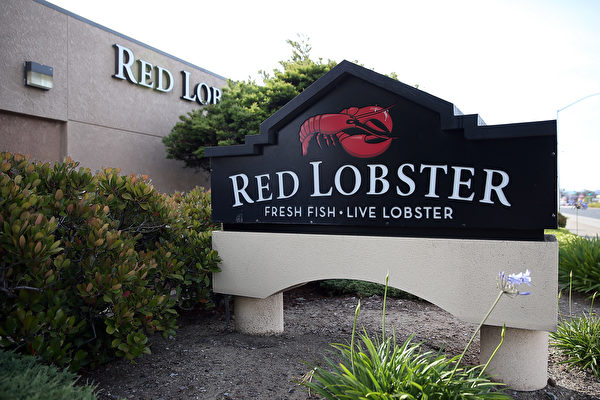Red Lobster, a seafood chain headquartered in Orlando, United States, is reportedly facing difficulties and is seeking a buyer to avoid filing for bankruptcy, according to CNBC.
Sources informed CNBC that the company has been contemplating filing for bankruptcy to assist in restructuring its debt and getting rid of a series of costly long-term leases, but the company has also been looking for potential buyers in recent months.
At least one company has shown interest in acquiring the chain but a deal has not been reached yet.
It is currently unclear how Red Lobster will ultimately resolve its financial troubles. In this situation, Red Lobster could either find a buyer, declare bankruptcy, or have its creditors take control of the company.
Even if Red Lobster secures a buyer, it may still find it challenging to avoid filing for bankruptcy protection. The largest seafood chain in North America is attempting to rid itself of numerous lease agreements that would be difficult to terminate without going through the bankruptcy process.
Last week, Bloomberg first reported that Red Lobster is considering filing under Chapter 11 of the U.S. bankruptcy code.
Red Lobster’s origins date back to a restaurant in Lakeland, Florida in 1968, and it now operates over 700 locations. In recent years, the chain has experienced multiple changes of ownership and management. Thai Union Group Plc acquired control of Red Lobster in 2021.
Unlike many other restaurant companies, Red Lobster managed to survive the pandemic without filing for bankruptcy. However, the pandemic exacerbated the already challenging industry competition, especially affecting full-service restaurant operators like Red Lobster. Additionally, high inflation and expensive rent and labor costs have hindered Red Lobster’s cash flow.
The seafood chain, known for its American casual dining services, has also faced difficulties due to some self-inflicted damages, particularly its disastrous “Endless Shrimp” promotion. Last year, the company changed this promotion from once a week to once a day to boost sales in the slow second half of the year.
As a result, this attracted numerous customers eager to enjoy “Endless Shrimp,” but it also put pressure on Red Lobster’s profits. Red Lobster reported a loss of $11 million in the third quarter and a loss of $12.5 million in the next quarter.
In January, Thai Union Group announced plans to sell its stake in Red Lobster, citing that the chain’s “continued financial requirements no longer aligned with Thai Union’s capital allocation priorities.”
Sources told Bloomberg that restructuring discussions are ongoing, and no final decisions have been made yet. Filing for bankruptcy would allow the company to continue operating while implementing debt reduction plans.

